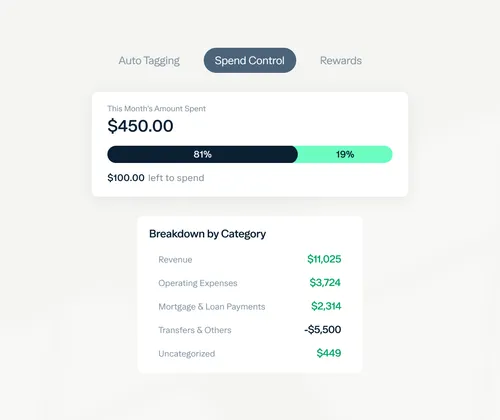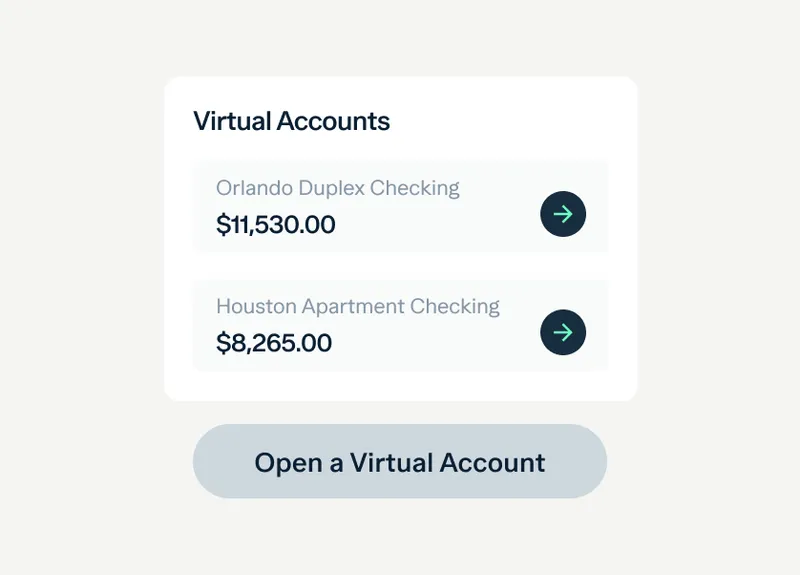In Minnesota, no legal limit applies for a security deposit.
Security deposit rules in {{ state }}
Limit: In Minnesota, there is no statutory limit on how much a landlord may charge for a tenant security deposit. Most landlords typically collect an amount equal to one month’s rent, though the tenant deposit may vary depending on the tenant’s credit, rental history, or lease terms. The amount must be clearly stated in the lease agreement, and landlords are encouraged to use a dedicated security deposit bank account in Minnesota to ensure transparency and compliance with state law.
Return Deadline: The landlord must return the tenant security deposit, along with any accrued interest, within 21 days after the tenant vacates the property and provides a forwarding address. If deductions are made, an itemized written statement detailing all damages, charges, and interest owed must be included. Failure to return the tenant deposit or provide documentation within 21 days may make the landlord liable for up to twice the amount wrongfully withheld, plus attorney’s fees.
Acceptable Deductions: The tenant security deposit may be used to cover unpaid rent, late fees, damage beyond normal wear and tear, and other costs necessary to restore the rental property to its original condition. Routine cleaning and normal wear cannot be deducted. All deductions must be itemized and supported by documentation such as receipts or written estimates.
Where to Deposit: Minnesota law requires landlords to keep tenant security deposits in a federally insured financial institution located in the state. The funds must be maintained in a separate account that is not commingled with the landlord’s personal or business funds. Landlords must also pay tenants simple interest on their deposit, currently set at 1% per year, from the start of the tenancy until the deposit is returned. Using a security deposit escrow account in Minnesota or a landlord tenant security deposit bank account in Minnesota ensures proper handling of tenant funds, transparency, and compliance with state deposit and interest regulations.











